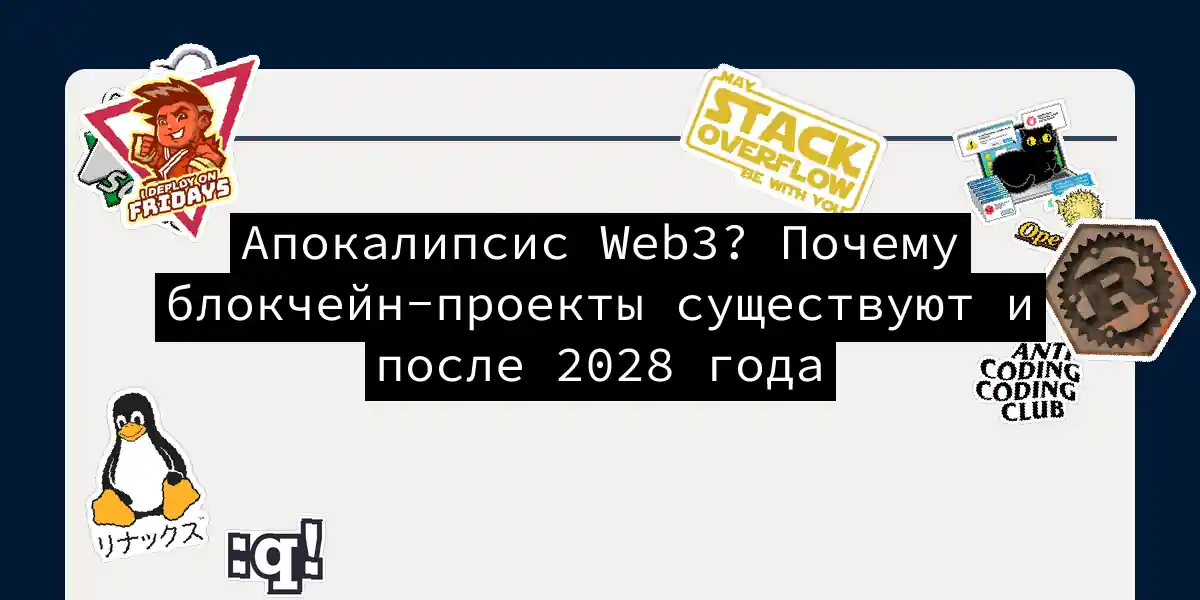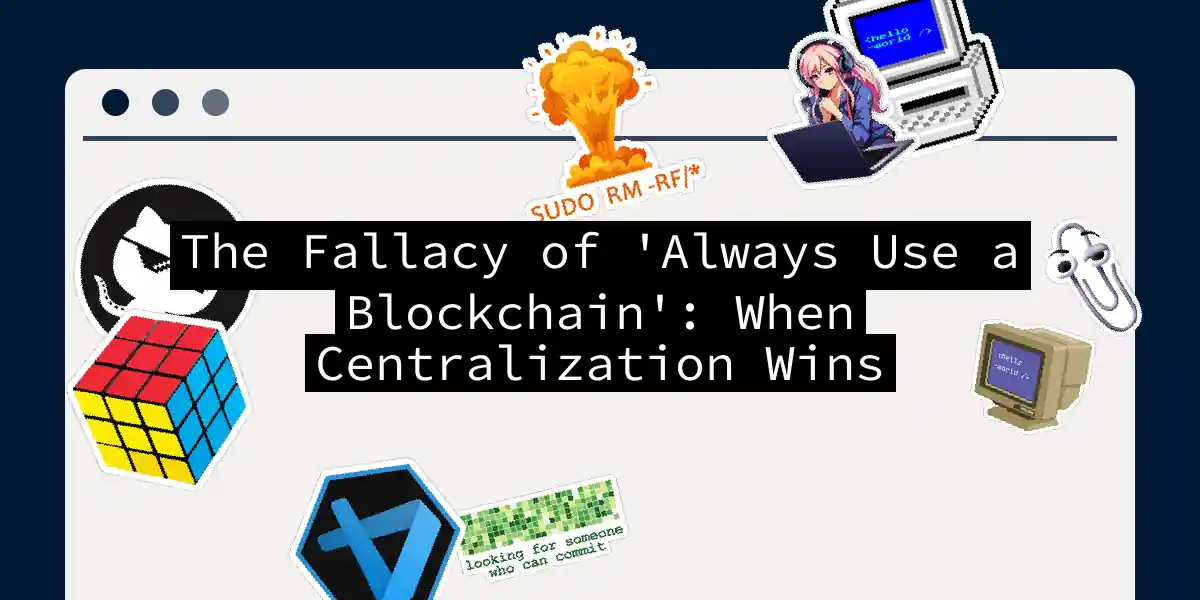
The Hidden Price of Digital Gold: Crypto Mining vs. Traditional Banking—A Numbers Game You Didn't Know You Were Playing
When Satoshi Nakamoto unleashed Bitcoin on the world in 2009, promising us financial freedom from centralized systems, nobody really talked about the fact that this freedom would come at the cost of boiling off an Olympic swimming pool’s worth of water. Correction: 660,000 Olympic swimming pools. But who’s counting, right? Well, researchers are. And the numbers they’ve uncovered are frankly not great. The Uncomfortable Truth About What Decentralization Actually Costs Let’s start with some uncomfortable honesty....



